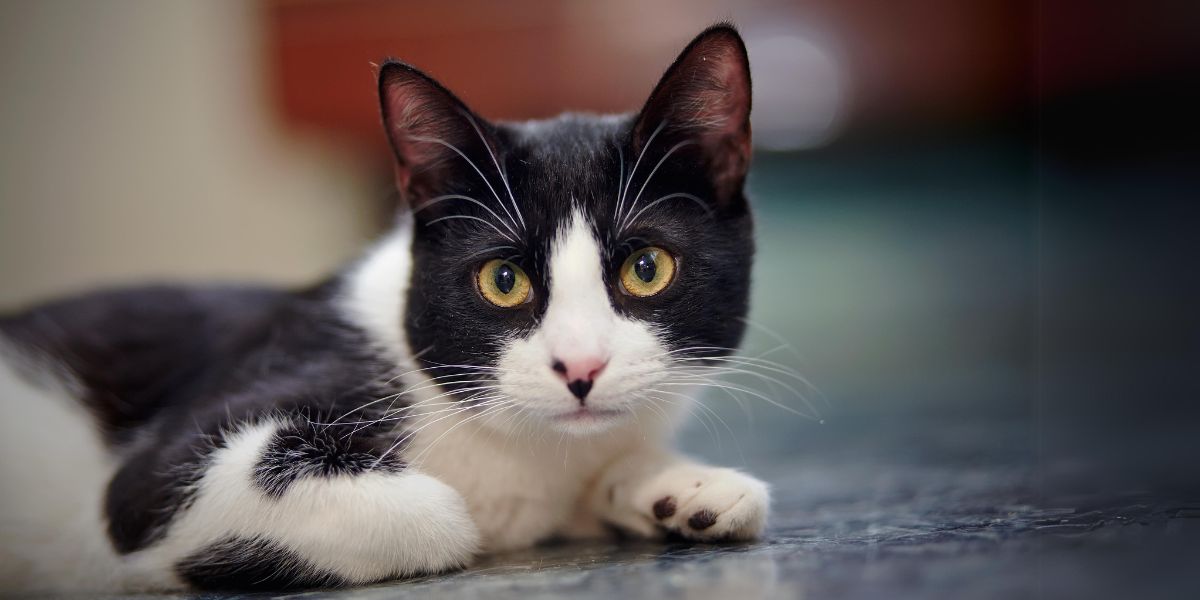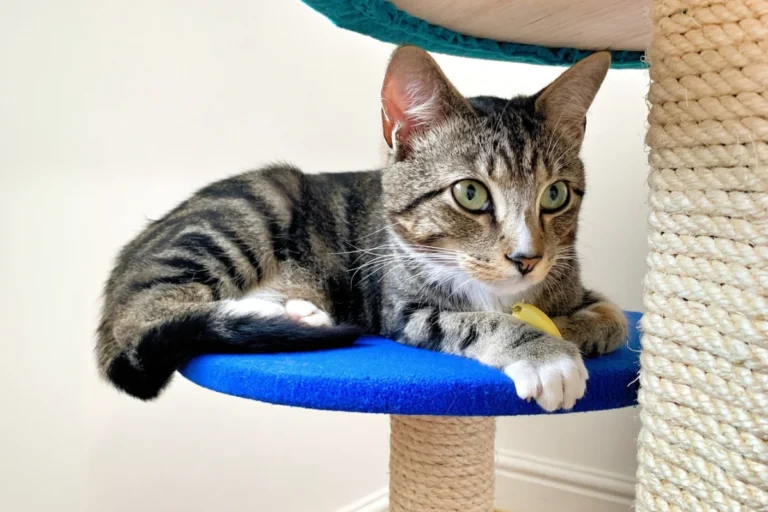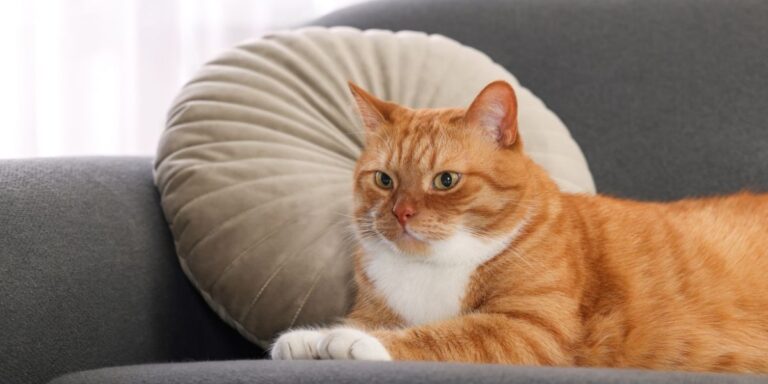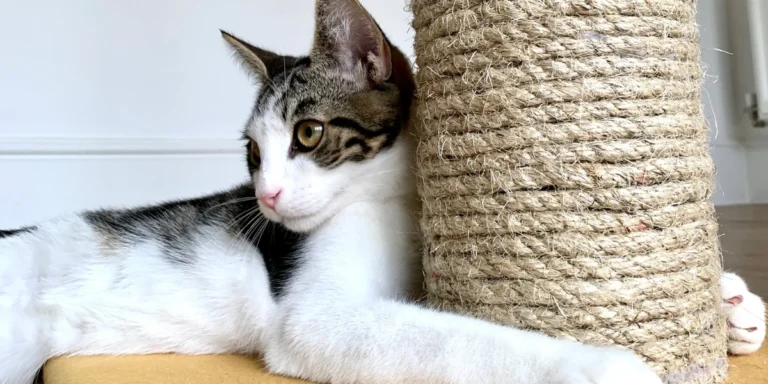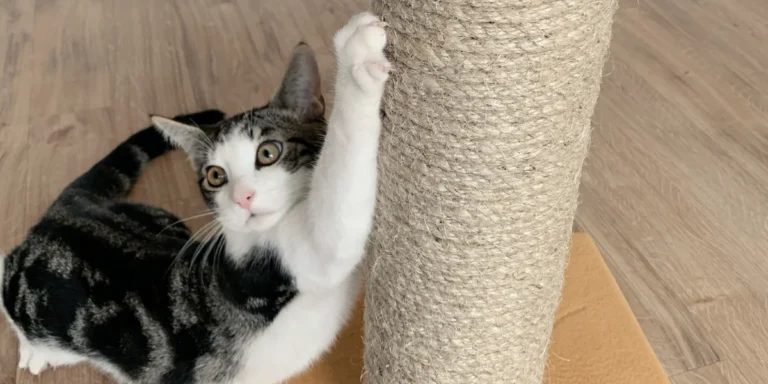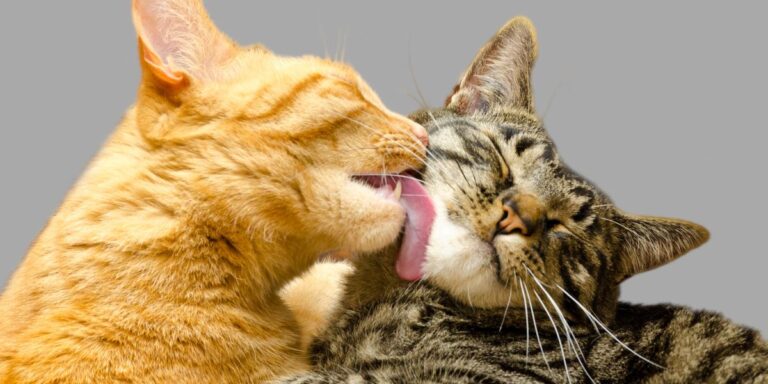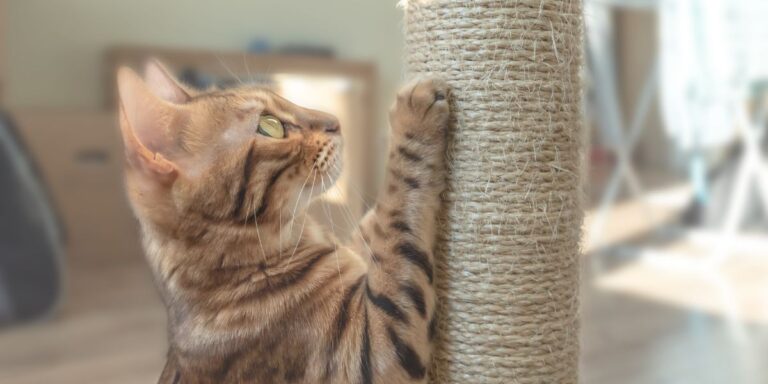How to stop your cat peeing in the house
Cats are typically tidy animals that use either a litter tray or go outside to relieve themselves. So, finding signs of your cat peeing in the house or pooping outside the litter box requires immediate attention.
Addressing a cat toileting problem in your home can be frustrating, but it’s crucial to act promptly to prevent further damage and maintain a clean environment. A solitary incident could be triggered by sickness, getting stuck in a room or feeling scared. It is crucial to determine the cause of the accident to ensure the well-being and happiness of your cat.
Steps to help resolve peeing and pooping issues:
- Identify the root cause of the behaviour, such as stress, illness or territorial marking, and work on addressing it to prevent future incidents.
- Ensure your cat has access to clean litter boxes and consider adding more if you have multiple cats. Conflicts between cats can cause inappropriate toileting.
- Thoroughly clean the affected spots using a solution of white vinegar and water or a pet odour remover. Avoid ammonia-based cleaners as they may attract cats back to the same spot.
- Neutralise the smell with baking soda over the cleaned area and leave it for a few hours to help eliminate any lingering odours.
- Cats prefer unscented litter. Abruptly changing litter types may cause them to toilet outside the box. Keep the old litter as a backup when experimenting with new ones to prevent issues.
By following these steps, you can effectively manage the cat urine or faeces problem in your home. Remember that patience, consistency and a proactive approach is key to successfully tackle the problem and enjoy a harmonious living space with your beloved pet. If you’re still having difficulties with your cat’s behaviour, consult your veterinarian or a certified animal behaviourist.
